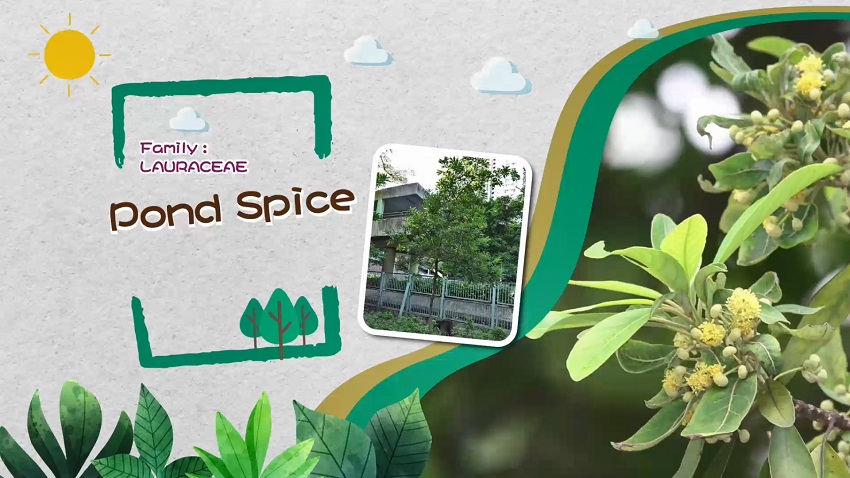| Origins | Guangdong, Guangxi, Yunnan, Hainan and Fujian Provinces of China. It is also distributed throughout Southeast Asia. |
|---|---|
| Meaning of names | When first looking at its Chinese name, you may not know how to pronounce the Chinese characters “潺槁”. But if you think of the adjective “滑潺潺” in Chinese, perhaps you may know the pronunciation of these two characters. Their Cantonese pronunciation are “saan4 gou2 (僝稿)”. Because the sap of this species is slimy (“滑潺潺”), glue-like in texture, so it is given the Chinese names “Slimy Tree (潺槁樹)” and “Glutinous Camphor Tree (膠樟)”. Being a plant under the genus Litsea (木薑子), the species is also known as “Glutinous Litsea 潺槁木薑子” in Chinese. The species epithet “glutinosa” in its scientific names also has the meaning of “viscous”, which refers to the aforementioned character. Interestingly, this sticky sap can actually be used as an adhesive, as a natural glue. |
| Applications | The wood of the Pond Spice is yellowish brown, sturdy and resistant to rot, which can be made into furniture. Its seeds have a high oil content, that can be made into soaps and hardened oil. Furthermore, applied in Traditional Chinese Medicine, its leaves, bark and roots exhibit the functions of relieving pains and treating tramatic injuries. |
| Ecology | The Pond Spice is a common native plant in Hong Kong. It is often found along forest edges, stream banks and in shrublands. The Pond Spice is also a host plant for butterflies such as the Common Bluebottle (Graphium sarpedon (Linnaeus, 1758)), the Common Mime (Chilasa clytia (Linnaeus, 1758)) and the Tawny Rajah (Charaxes bernardus (Fabricius, 1793)). |









